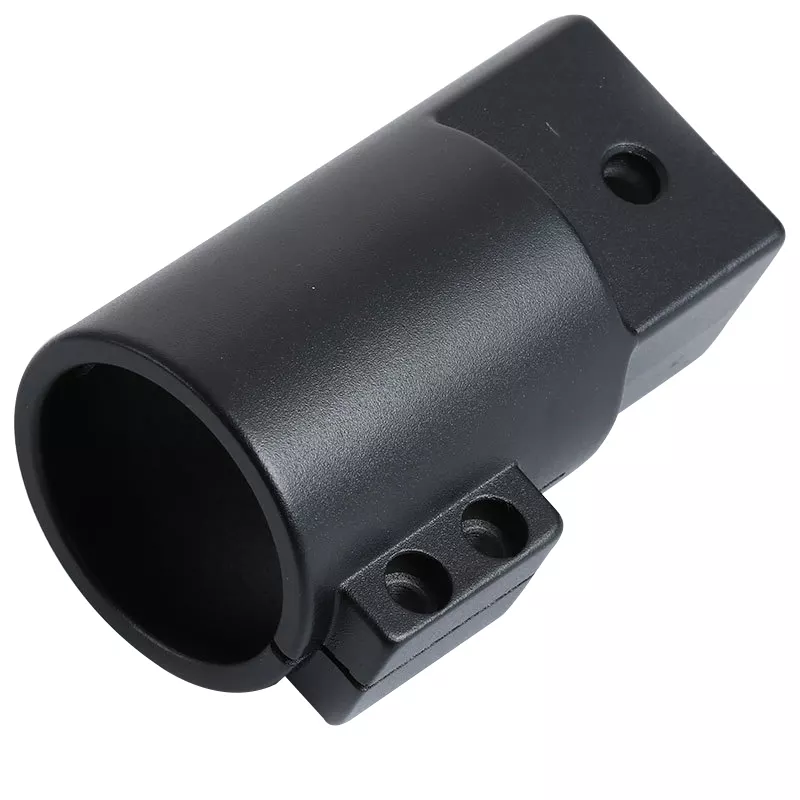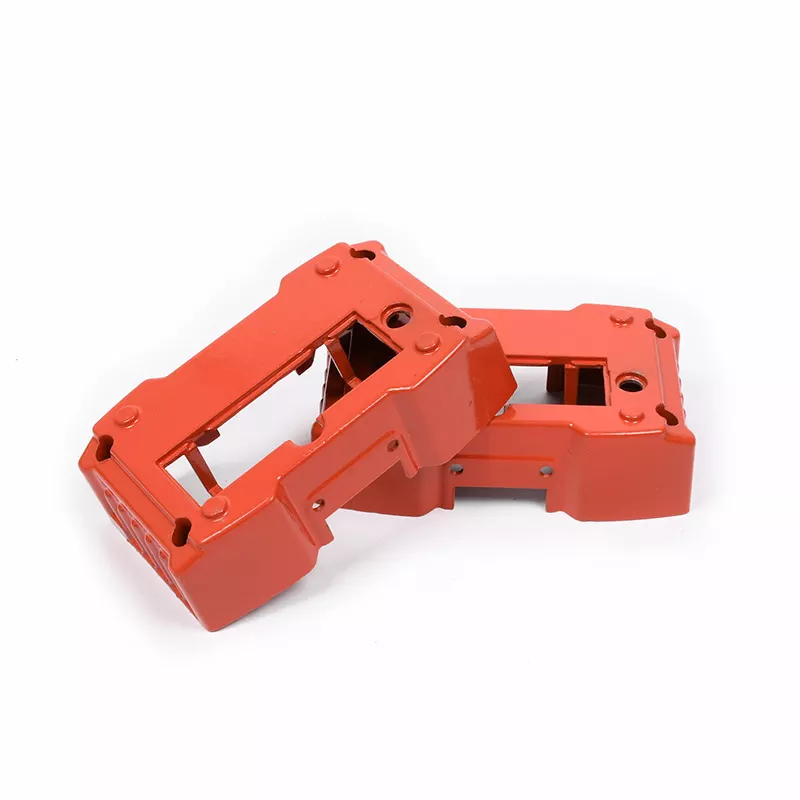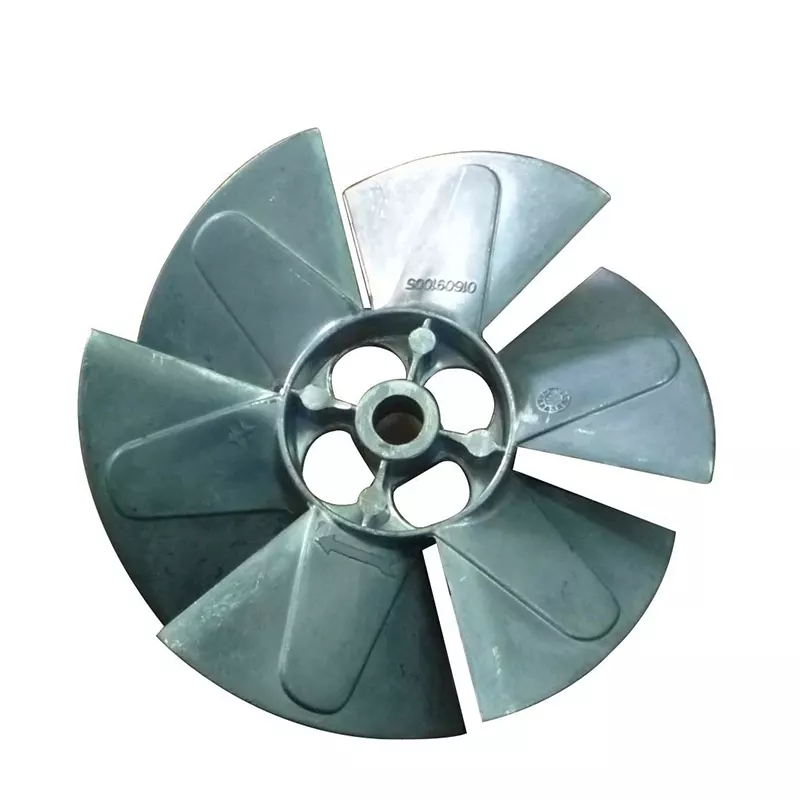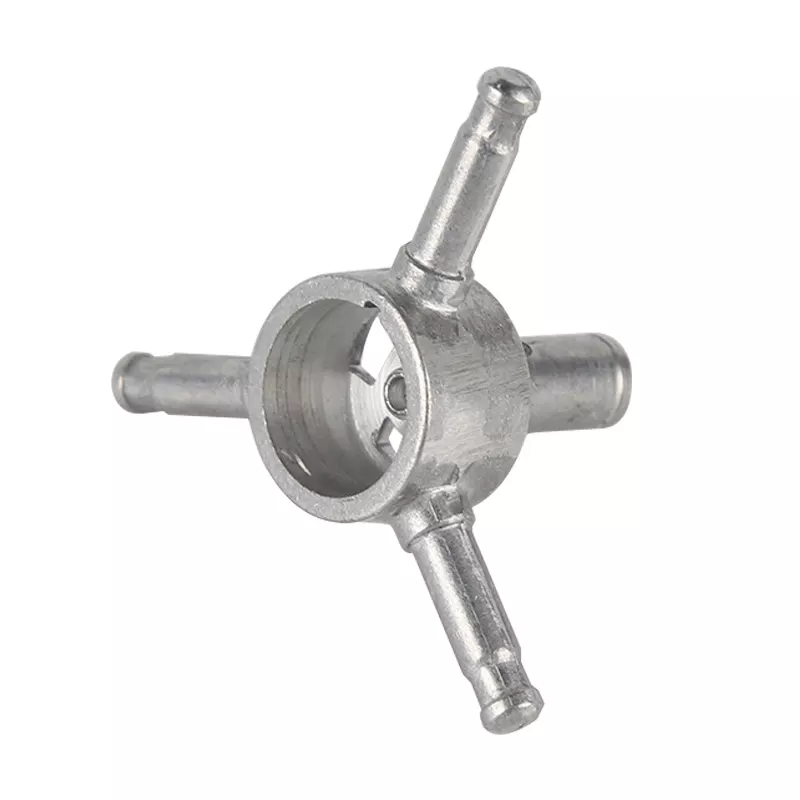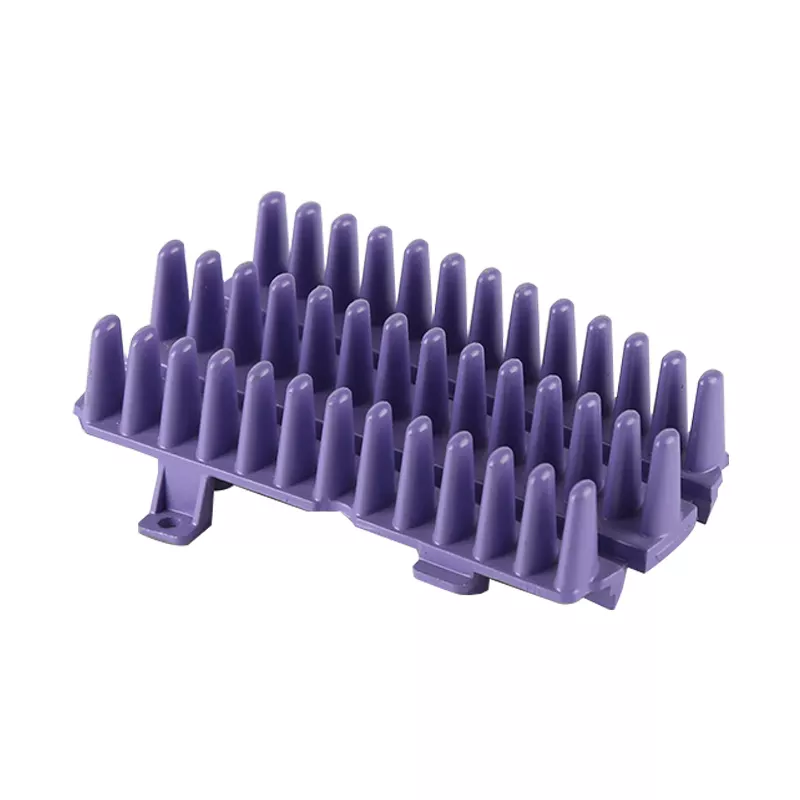Nitriding and carburizing treatment on the surface of steel products can improve the mechanical properties of the surface of steel products. Stainless steel with excellent corrosion resistance containing Cr has the problem of poor wear resistance. However, the use of the above-mentioned surface treatment methods may affect the original corrosion resistance of stainless steel. This study has used high-temperature nitrogen solution treatment for ferritic stainless steel, which proves that the surface hardness and corrosion resistance of ferritic stainless steel have been improved by high-temperature nitrogen solution treatment.
Compared with austenitic stainless steel, martensitic stainless steel has higher strength but poorer corrosion resistance. In this study, the martensitic stainless steel was treated with high-temperature nitrogen solid solution. The experimental results are as follows.
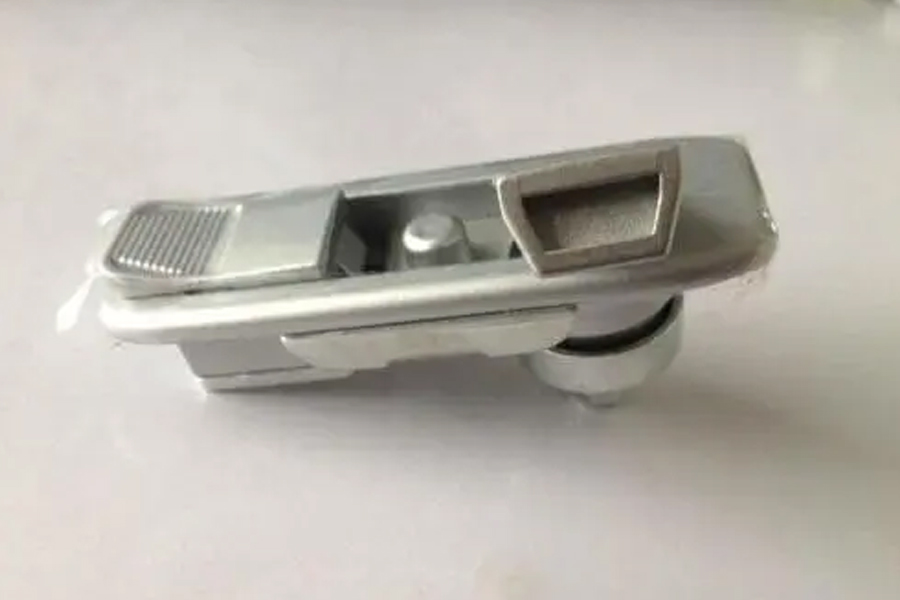
Test Method
The test steel is a commercially available martensitic stainless steel SUS420J2. The test steel is made into a semi-cylindrical sample of φ25 mm×8 (mm). After grinding the surface of the sample with #800 emery paper, it was degreased and cleaned with acetone. Use industrial vacuum heat treatment furnace for high temperature solid solution nitrogen treatment. The treatment method is that after replacing the atmosphere in the furnace with nitrogen, the sample is heated to 1100°C to keep it warm, and then cooled with nitrogen. After that, the sample was subjected to sub-zero temperature treatment. Then the samples were subjected to 160, 400, 450, 500, 550°C tempering treatment and 850°C annealing treatment respectively. The micro-Vickers hardness measurement was performed on the cross-section of the treated sample, and the microstructure observation, X-ray diffraction test, and pitting corrosion potential measurement of the cross-section were performed. In addition, for comparison, a commercially available SUS420J2 rolled steel material was quenched at 1035°C and then tempered at 160°C to produce a quenched and tempered material.
Test Results
The section hardness and microstructure of 160℃ tempered material after high temperature nitrogen solution treatment are shown in Figure 1. The highest value of section hardness of 160℃ tempered material is 720HV, the maximum hardness retention depth is 0.25mm, and the hardness is about higher than that of the base steel. 50HV. The surface layer and matrix of the tempered material at 160℃ are both martensite structure. From the microstructure, the boundary of the nitrogen hardened layer cannot be identified.
The section hardness of each tempering temperature material shows that the section hardness of the 160-550℃ tempered material is gradually reduced from the surface to about 0.8mm from the surface, and the section hardness of the 850℃ annealed material is about 220HV from the surface to the substrate. ,Little change.
The microstructures of the cross-sections of the tempered material at 400°C and the annealed material at 850°C showed that nitride precipitates were observed from the surface of the annealed material at 850°C to 0.8mm from the surface. This nitride is a nitride precipitated by the combination of N and Cr when martensite is transformed into ferrite during annealing.
After nitrogen solution treatment, the X-ray diffraction results of tempered materials at different temperatures, quenched and tempered samples and materials that have not undergone nitrogen solution treatment show that there are α (ferrite), tempered materials and tempered materials at 160-500℃. α'(Martensite), γ (Austenite). There are α and α'in the tempered material at 500°C. There are α, α', β-Cr2N, and Cr23C6 in the non-nitrogen solution treatment materials and the 850°C annealed materials.
The polarization curve of each tempered material shows that the pitting corrosion potential of the tempered material at 160°C and the tempered material at 400°C is higher than the pitting corrosion potential of the material without nitrogen solution treatment and the tempered material. And the tempering temperature increases, and the pitting corrosion potential decreases.
The variation of pitting corrosion potential of SUS420J2 and SUS430 with tempering temperature shows that the corrosion resistance of SUS420J2 nitrogen solution treatment, 160℃ tempering material and 400℃ tempering material is better than that of non-nitrogen solution treatment material and nitrogen solution treatment. Tempered wood. The change trend of the relationship between tempering temperature and pitting corrosion potential of SUS420J2 is the same as that of SUS430, but the pitting corrosion potential value of SUS420J2 at each tempering temperature is about 0.15V lower than that of SUS430.
Summary
The SUS420J2 material was subjected to a nitrogen solution treatment test with an industrial vacuum heat treatment furnace, and the following conclusions were drawn.




